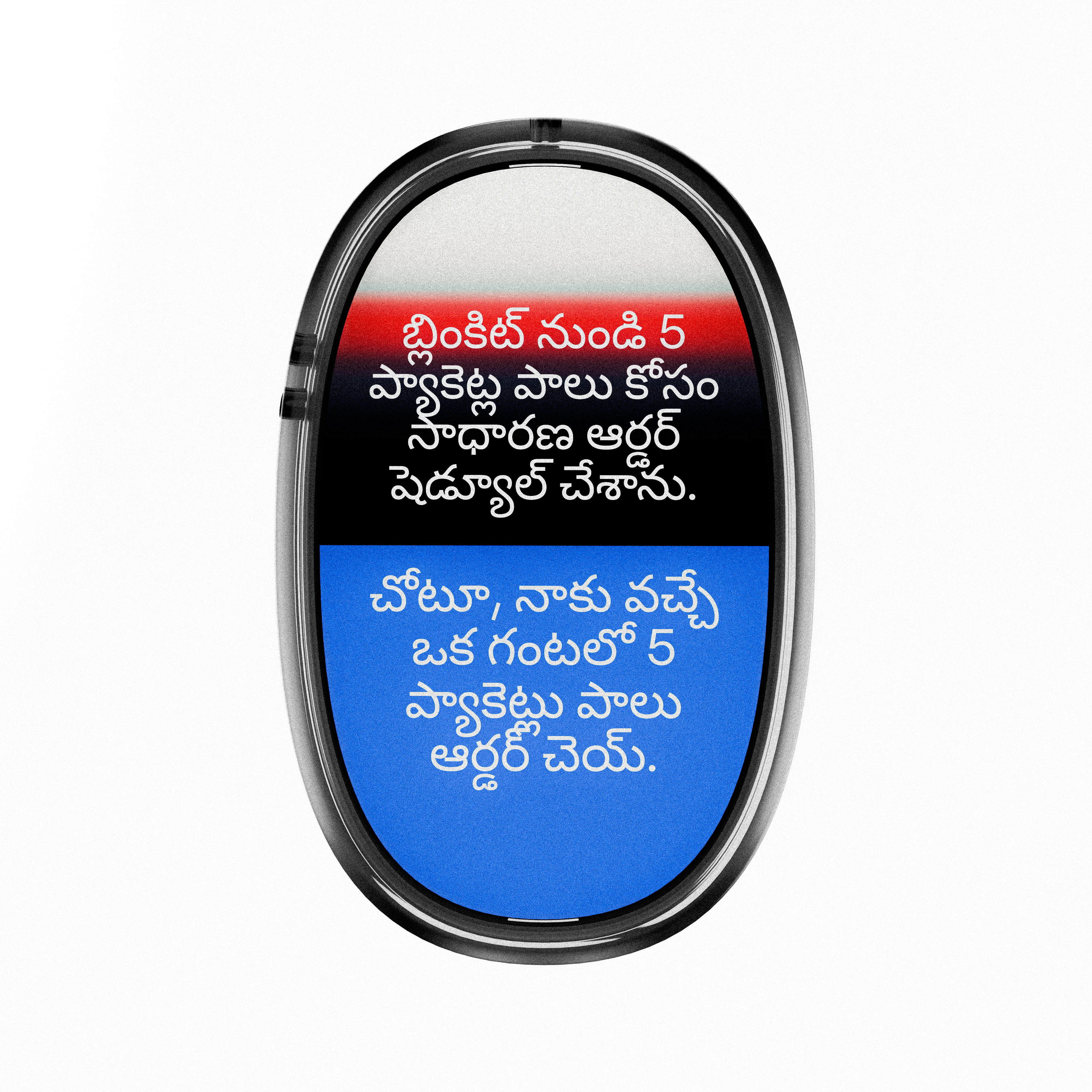Voice Based Assistant/Graduation Project
An Interaction Design project on LLM and LAM models to create a Visual/Voice Based assistant for the Indian Market.
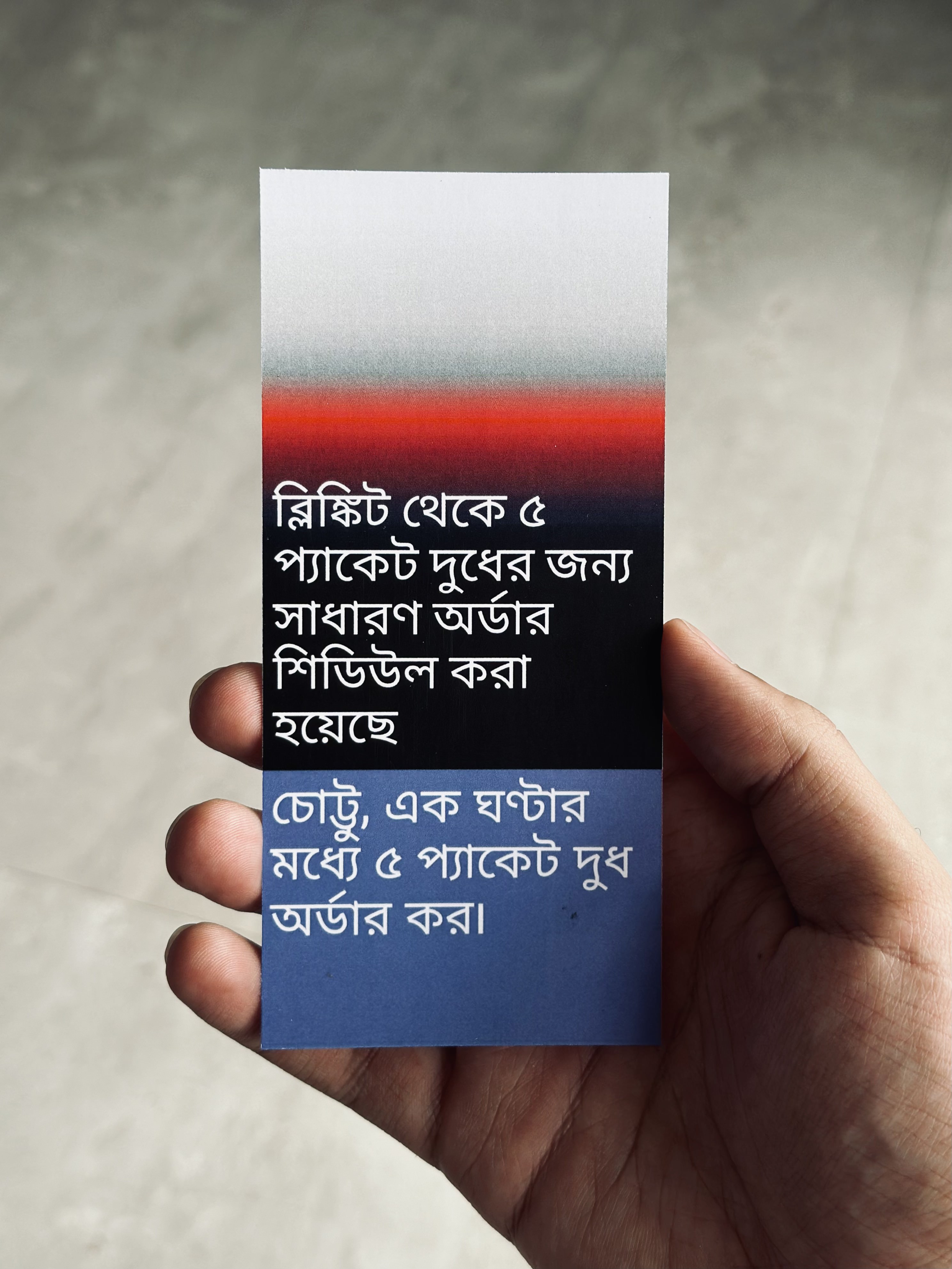

Design info:
Are smartphones evolving to meet our needs, or are we shaping them to fit our lifestyles?I chose to design a voice-based interactive assistant tailored to a specific demographic, aimed at reshaping our perception of
AI and enhancing its personalisation for users. The goal is to move away from the traditional way of interacting with
smartphones and providing a voice based choice for users.
A lot of background research and study have gone into this project, and along the way, significant developments have
happened in the field of large language models (LLMs). OpenAI, Google, Nothing, and now Apple have taken the market
by storm, which essentially validates my research. This project, as it grew, has broken my perceptions of how
I view smartphones in general.
Abstract
Over the past few decades, there has been a concerted effort to enhance human convenienceand efficiency, particularly within the realm of smartphones and computing devices of varying
sizes.
The primary mode of interaction with these devices has largely remained rooted in touch and
physical-based input. This focus has led to a stagnation in smartphone markets, with
a noticeable lack of innovation in voice-based input mechanisms. This also comes at the
expense of Natural conversational interactions with smartphones. Users seek personalised
exepriences tailored ot their individual needs and preferences.

“The most efficient animal on the planet
is the condor. The most inefficient animals
on the planet are humans. But a human
with a bicycle becomes the most efficient
animal. And the right computer - a friendly,
easy computer that isn't an eyesore but
rather sits on your desk with the beauty of a
tensor lamp - the right computer will be a
bicycle for the mind. And what if, instead of it
being in the right hands, it was in everyone's
hands? Everyone in the world?”
- Steve Jobs on the explanation of a computer
is the condor. The most inefficient animals
on the planet are humans. But a human
with a bicycle becomes the most efficient
animal. And the right computer - a friendly,
easy computer that isn't an eyesore but
rather sits on your desk with the beauty of a
tensor lamp - the right computer will be a
bicycle for the mind. And what if, instead of it
being in the right hands, it was in everyone's
hands? Everyone in the world?”
- Steve Jobs on the explanation of a computer
Indian Context
India, as a significant market for smartphones,provides valuable insights into user
behaviour and preferences.
Against this backdrop, the research and eventual product
aims to explore the concept of human touch in smartphone
interaction, through the integration of voice-based assistants.
Mission: To establish a cohesive framework for smartphone interaction that
prioritises user-centric design and seamless integration of voice- based input
Vision: Restructure the way humans use smartphones; to build technology
around them and showcase the possibilities of human first interaction.
Purpose: To bring forward the usage of explorative design, then slowly
build it around other tech appliances.
Trust building: To establish responsibility in bringing forward LLM and AI,
with the help of trust building through brand value.
Clarity: To be a secure and no layers gateway for users to interact with
their smartphones at ease.
User Engagement: Captivate people to become users through marketing
and brand building.
Information Architecture
![]()
![]()

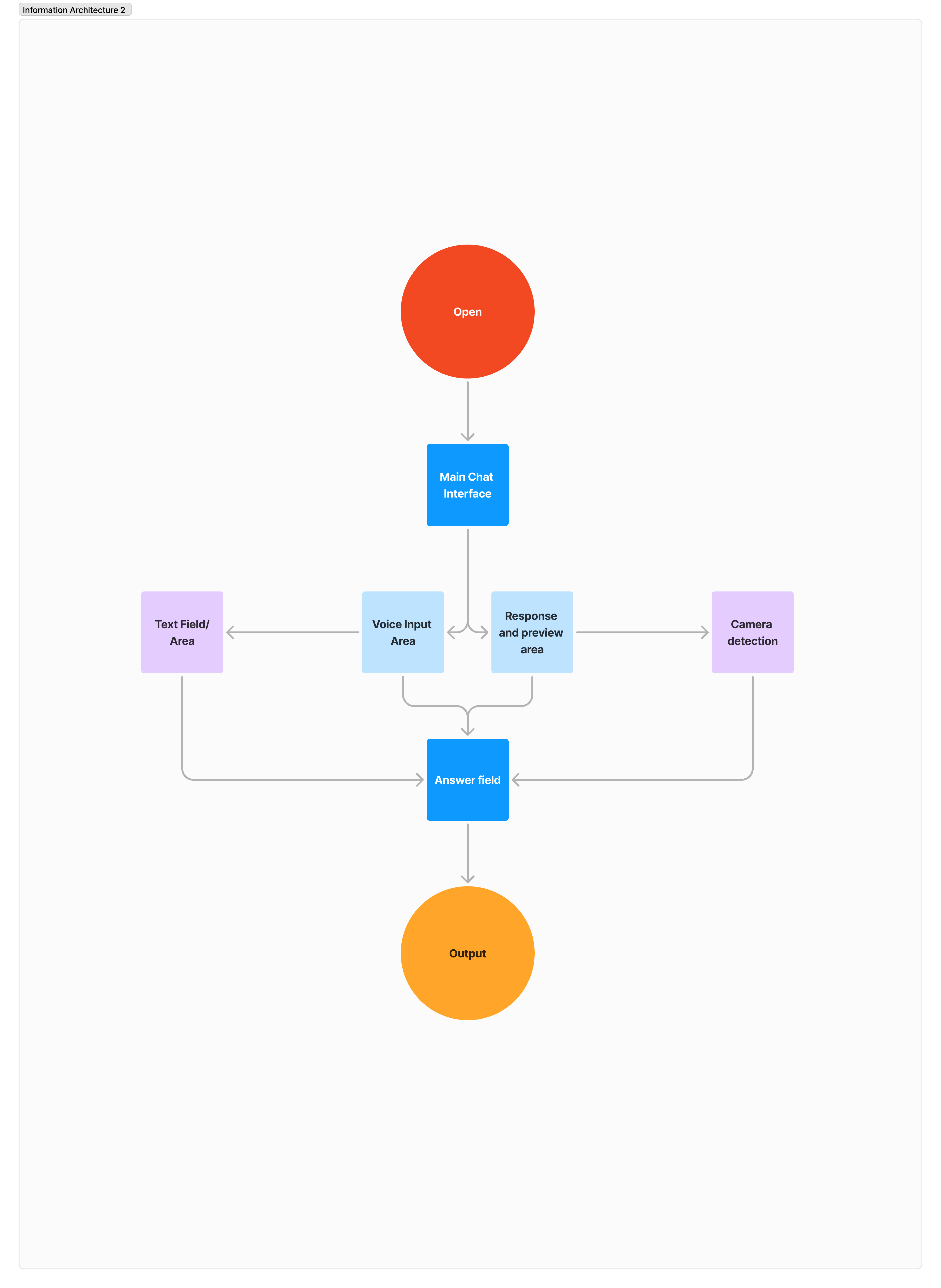
Dialogue Flow and Prompts
More than 500 stories and flows, as well as the user types acted as the base for the project and brand.The types of users, their backgrounds and prompts were all varied, coming from different language sets,
area types, age groups and even genders.
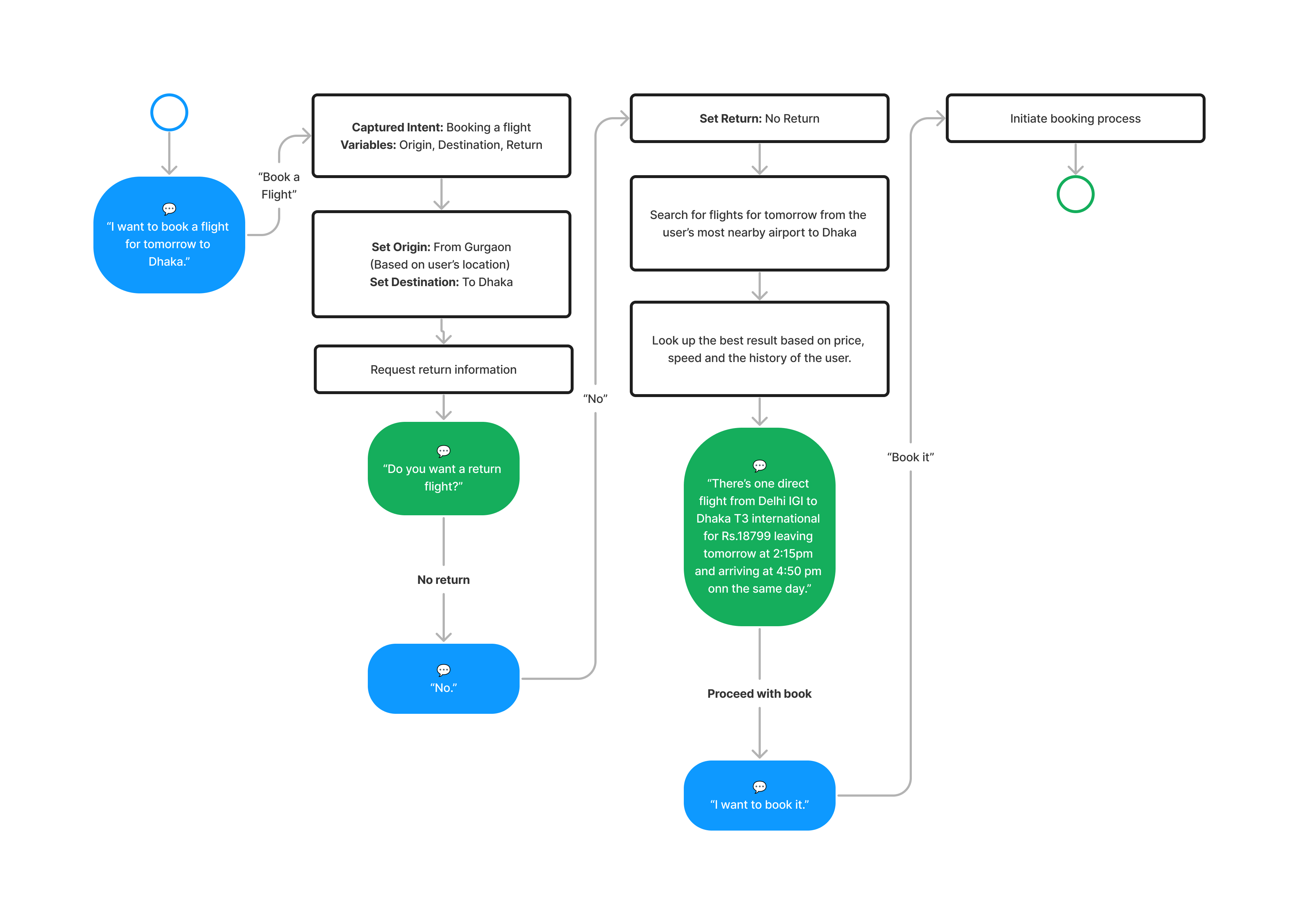
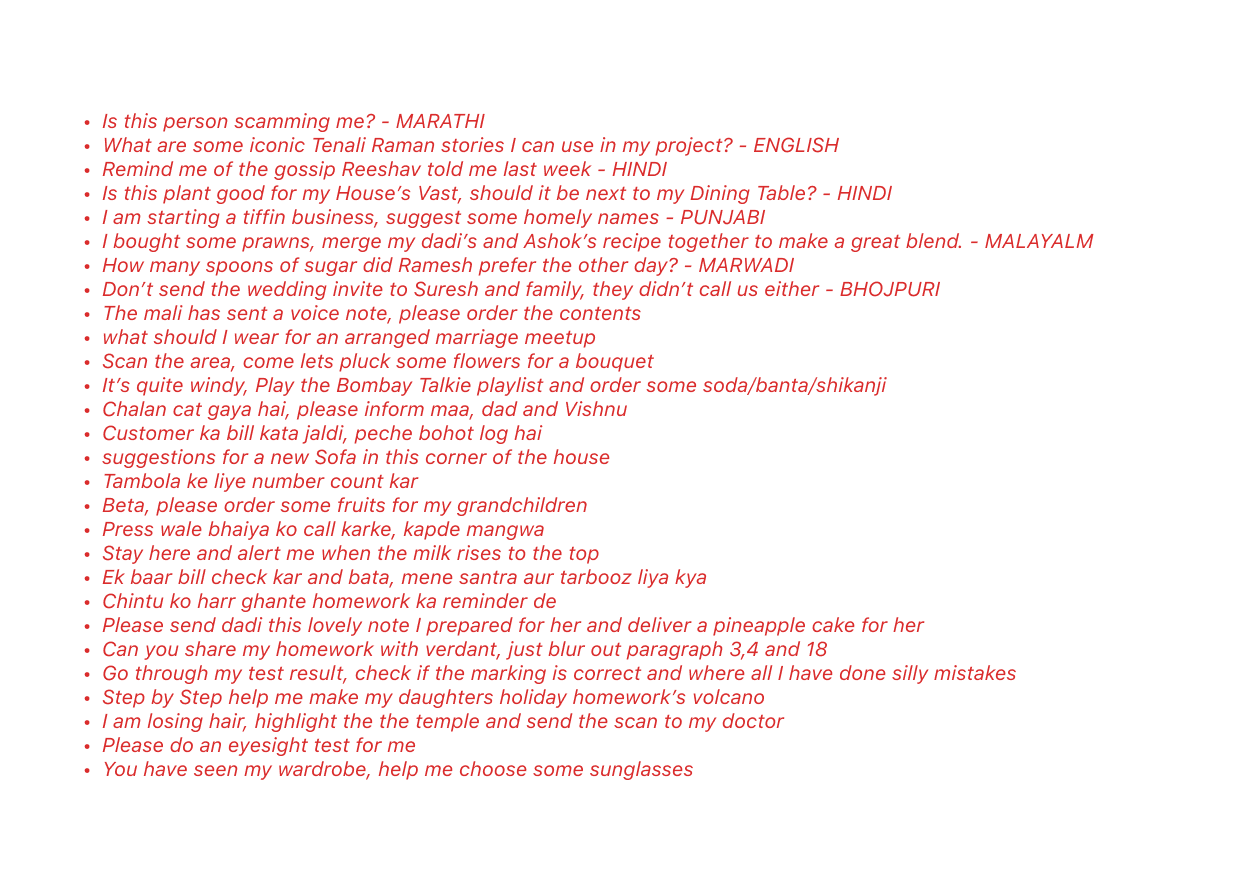


Color & Gradient
- These colors and gradients are meant for user’s own preferences. This personalisation of the primary color palette, inspired bby the Bauhaus movements adds to the brand value.- The gradients build on the customisation factor by not forcing colors on the user. It sets the mood according to them due to the varied colors the gradients can output.


Typography & Languages
- Typography elements are at the center stage of the screen, representing the user interface.- Due to several languages, the selected typeface should be unified in it’s look.
PP Mori and Anek were used for the main interface where languages in various different styles were required.
Essentially working together with balanced geometry, and functioning as one font for the user.

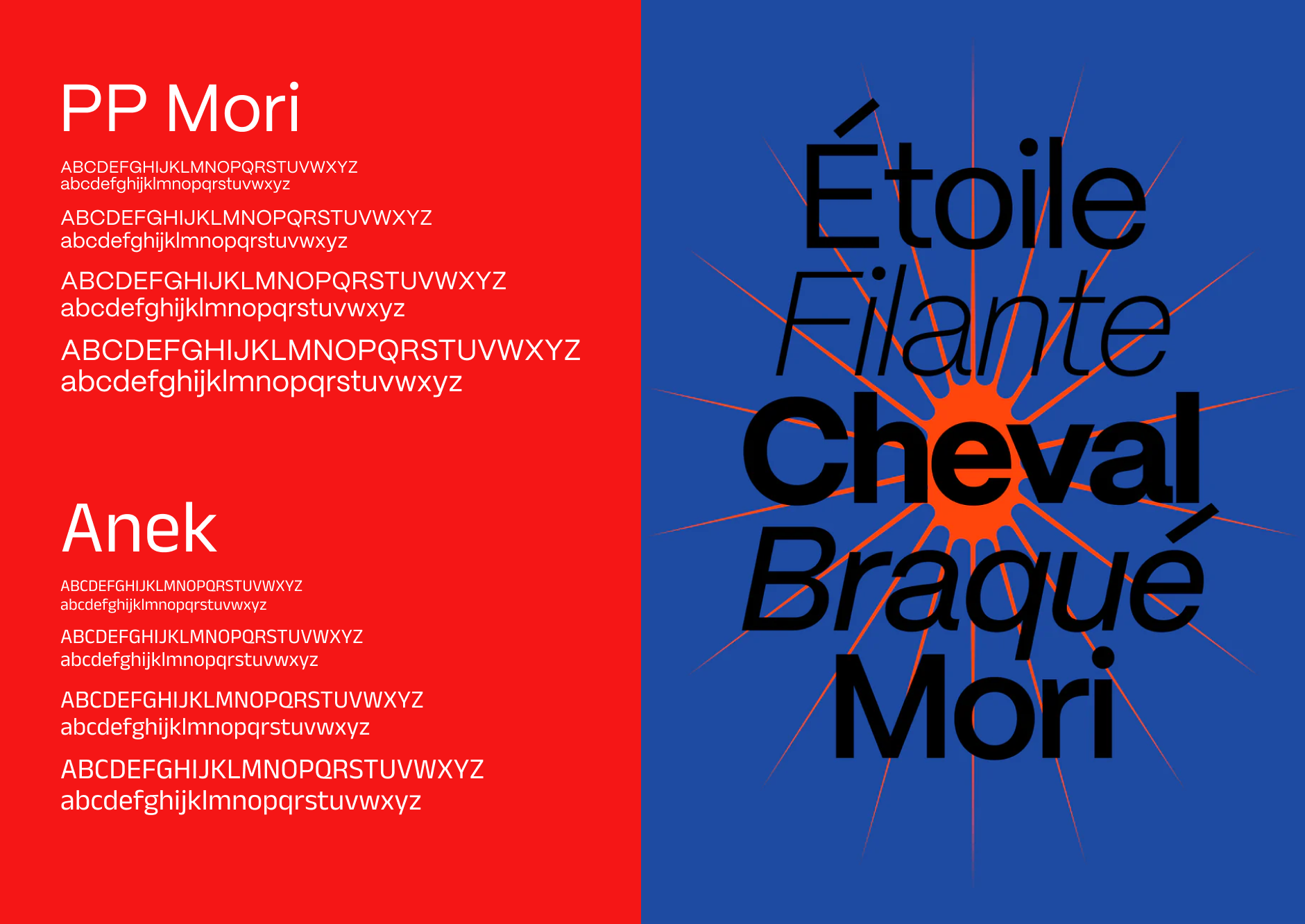

Multimodal Interaction
This takes inspiration from the various ways of interacting with phones in the past.1. Calling the assistant’s wake word or holding down the power button for turning on the assistant for interaction.
2. Gesture based system prompts certain tasks according to the user, through sliding or typing out on the interface.
3. Expansive view is when the user turns the smartphone’s orientation to get onto the camera mode directly to prompt the assistant.
4. Space sensing occurs in the duration of reaching an interaction space, depending on the user’s preferences
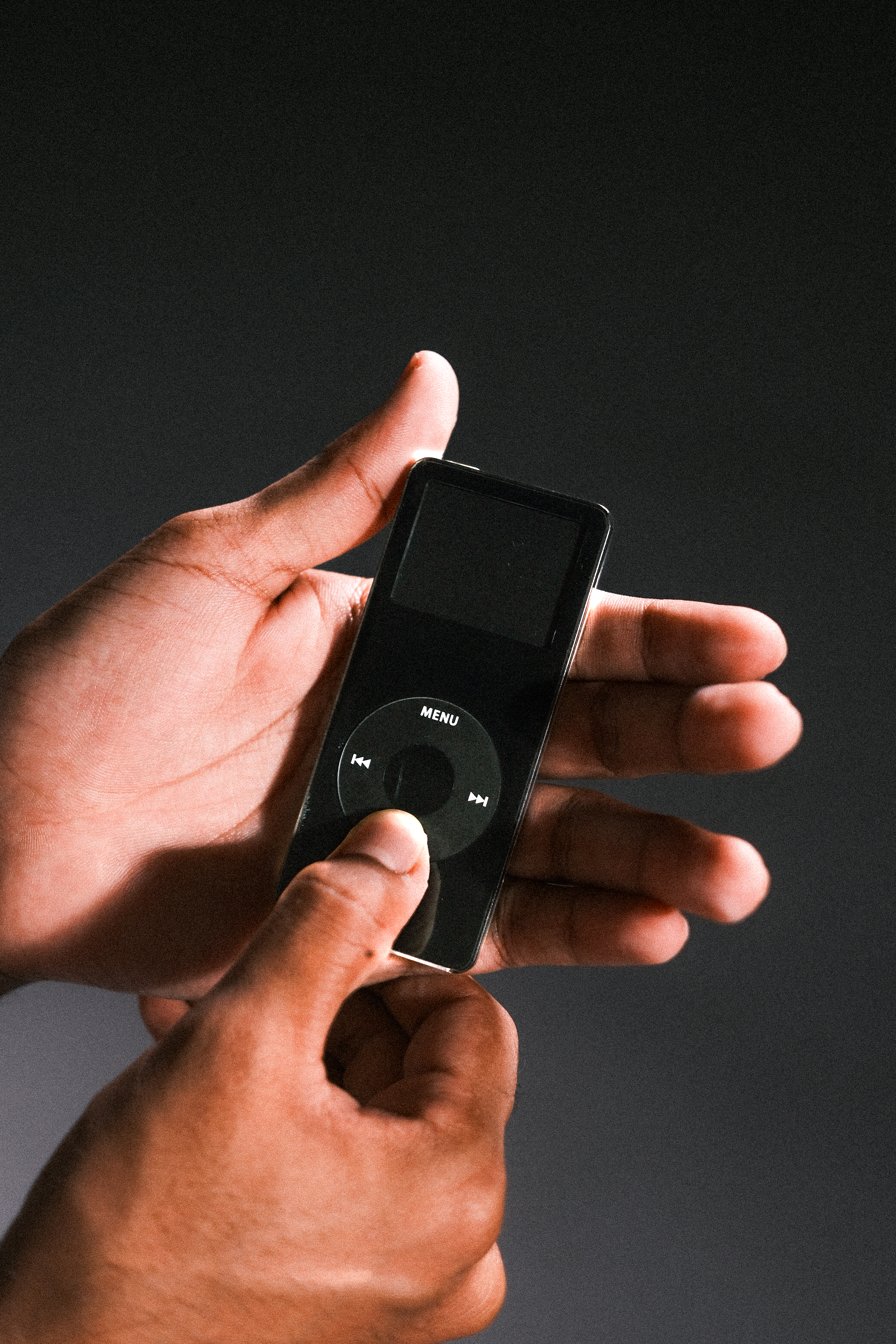
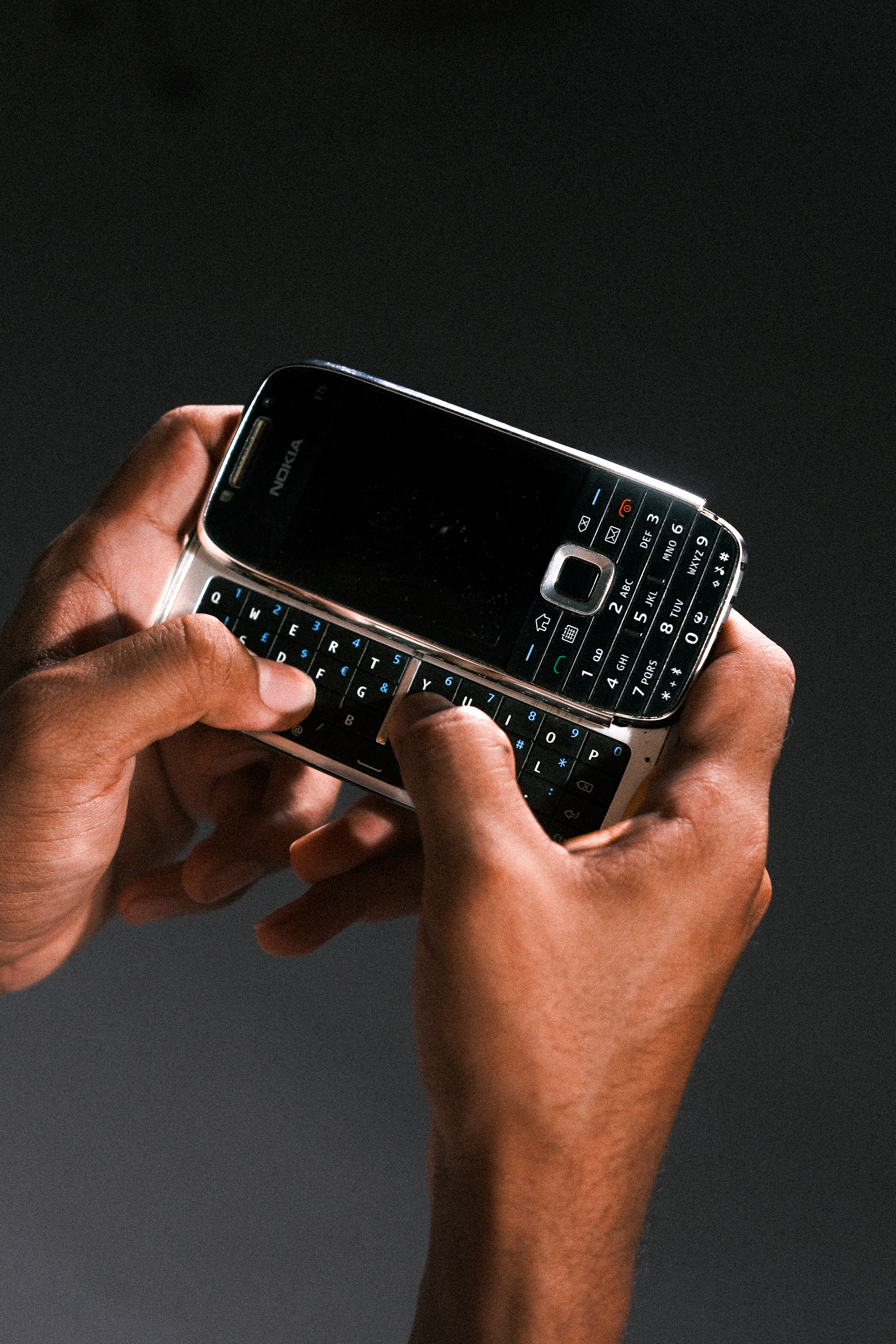

Product
The product, which is divided into Research, a Voice Based Assistant and an eventual PhysicalInput Device.
It all comes together with the endeavour to establish a cohesive framework for
smartphone interaction that prioritises user-centric design and seamless integration of voice-
based input, easing a more material, meaningful and engaging UX.
The project is inspired by the memories of past where tech is met with personality; it reflects the
user and approaches them with it’s simplified nature.

The idea with the User Interface is
to resemble a conversation through
the division in screen.
The divide showcases the ‘Input’
of the user and the ‘Output’
as the assistant
The message is conveyed through
color blocking and providing gradients
to enhance the feeling of varied
emotion in the screen.
to resemble a conversation through
the division in screen.
The divide showcases the ‘Input’
of the user and the ‘Output’
as the assistant
The message is conveyed through
color blocking and providing gradients
to enhance the feeling of varied
emotion in the screen.
The design of the user interface is inspired by a physical product and not
through the UX of a general interface for a smartphone. It also takes bold
inspirations from older phones and devices such as the Ipod. The
inspiration is not just on the surface level, but also remarking an iconic
design which can work as a marketing tool through the digital screen.
The physical aspect of the digital assistant comes from the sharp and
intentional use of color, gradients and blocking of compositions. This is
accentuated by the use of background sounds and responsive nature
of the assistant.
The assistant is trained in the format to converse like a human, even
smaller details like when to speak and how to continue conversations are
all embedded into the assistants data. This translates to real world
conversations being in sync with how the user perceives them.
In this age of the digital era, it is important to note that Indians spend
countless hours on their devices, for which this caters to them perfectly.











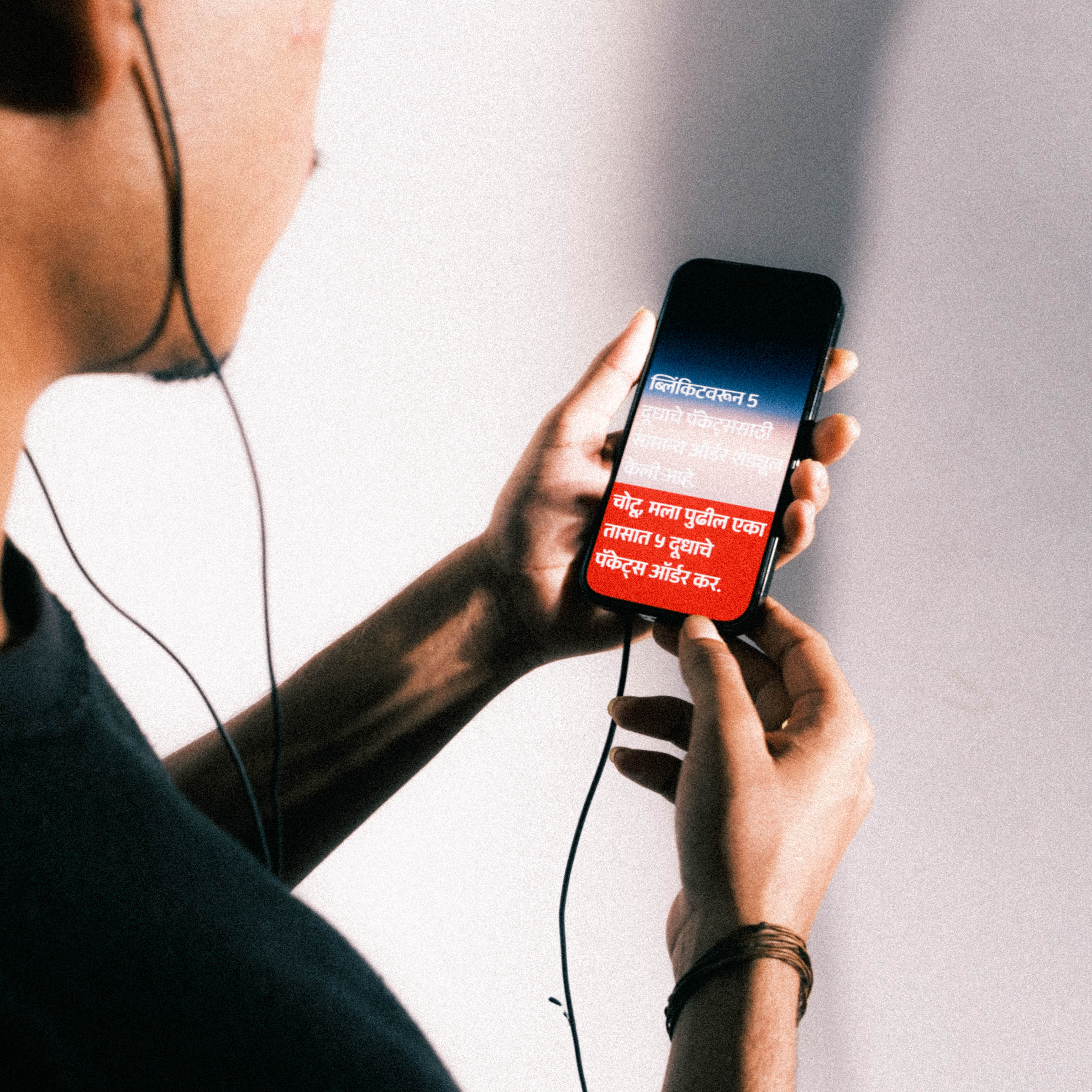

Future scope
The market for voice based models will grow as the months come by, everythingbeing connected to machine learning is a bonus, even for the smallest of things.
Throughout this project, there have been significant developments in AI
integrations within phones, first Samsung, then Apple and as of today, Google. All
major companies integrating AI based features into their smartphones. This brings
into account how important a new factor of how interaction can be.




